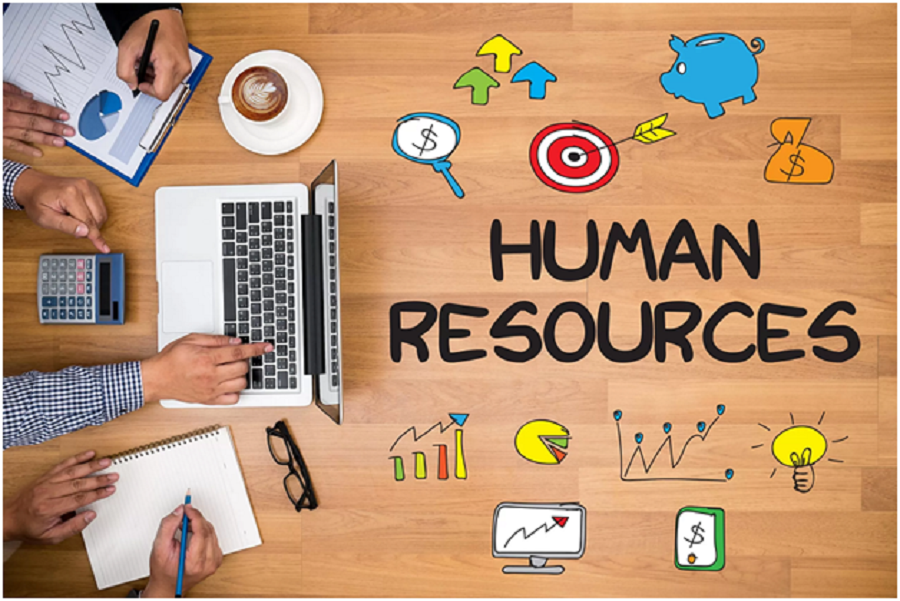Human resources technology refers to software and related gear used to automate the human resources function in businesses. HR technology, sometimes known as HR tech, has advanced quickly in recent years, with significant employers all over the world adopting basic HR technology systems from enterprise software firms. Many of these companies are shifting from on-premises systems to cloud platforms, including SaaS, to enter the second generation of HR technology. Meanwhile, to automate their human resource procedures, small and midsized organizations are increasingly turning to SaaS platforms or cloud-based HR technology outsourcing providers.
Human capital management (HCM) refers to a group of business tasks that treat personnel as assets that can be managed objectively in the same way that organizations perceive and manage other assets like money and capital equipment. HCM is frequently automated with integrated software that pulls together personnel records in core HR and talent management systems in its most basic form.
- While certain HR software companies specialize in payroll, many HCM systems include the ability to pay and track employees’ wages and salaries, as well as withhold taxes and other deductions.
- Payroll services are also available as a single service or as part of a suite of digital HR offerings from cloud-based HR technology outsourcing suppliers, notably for SMBs.
- Some employers use time and attendance software to keep track of how many hours their employees work and how much they are paid.
- Compensation management is a type of HR software that is related to payroll but is also its niche, determining the appropriate pay rates for attracting and retaining employees and rewarding performance. Most talent management suites include it as a feature.
Human resource software (โปรแกรม hr, term in Thai) is available in a variety of formats and can handle a variety of HR tasks. Some systems are comprehensive, covering most or all aspects of HR management. Other choices are more specialized, and they only assist with one or two HR tasks. Other solutions are more customizable, allowing users to begin with basic HR administrative tasks such as database administration.
HR software assists a company’s human resources department by automating repetitive tasks, organizing employee data, and generating data-driven reports. There is no paper documentation required because everything is done electronically. HR software can also assist employees and managers with tasks such as time monitoring, employee directory updates, and performance management within a company.
HR software can help with several things, including:
- Securely storing and organizing personnel data.
- Making workflows and keeping track of approvals.
- Time tracking via self-service.
- Employee training is being tracked for progress and compliance.
- Employee satisfaction is measured and reported on.
- Goal tracking and performance management
- Administration and management will benefit.
- Automation for pre-boarding, onboarding, and offboarding.
- Integrations with third-party applications.
- An audit trail keeps track of all data changes.
- Custom reports are created to provide strategic insight.
Employee recruitment, development, evaluation, and compensation are all part of the talent management process. It is frequently managed in standalone applications or in personnel management software suites that include integrated modules for recruitment, onboarding, learning, and succession planning. To seek job prospects and track them throughout the hiring process, HR technology companies have developed a variety of applications and SaaS platforms.


